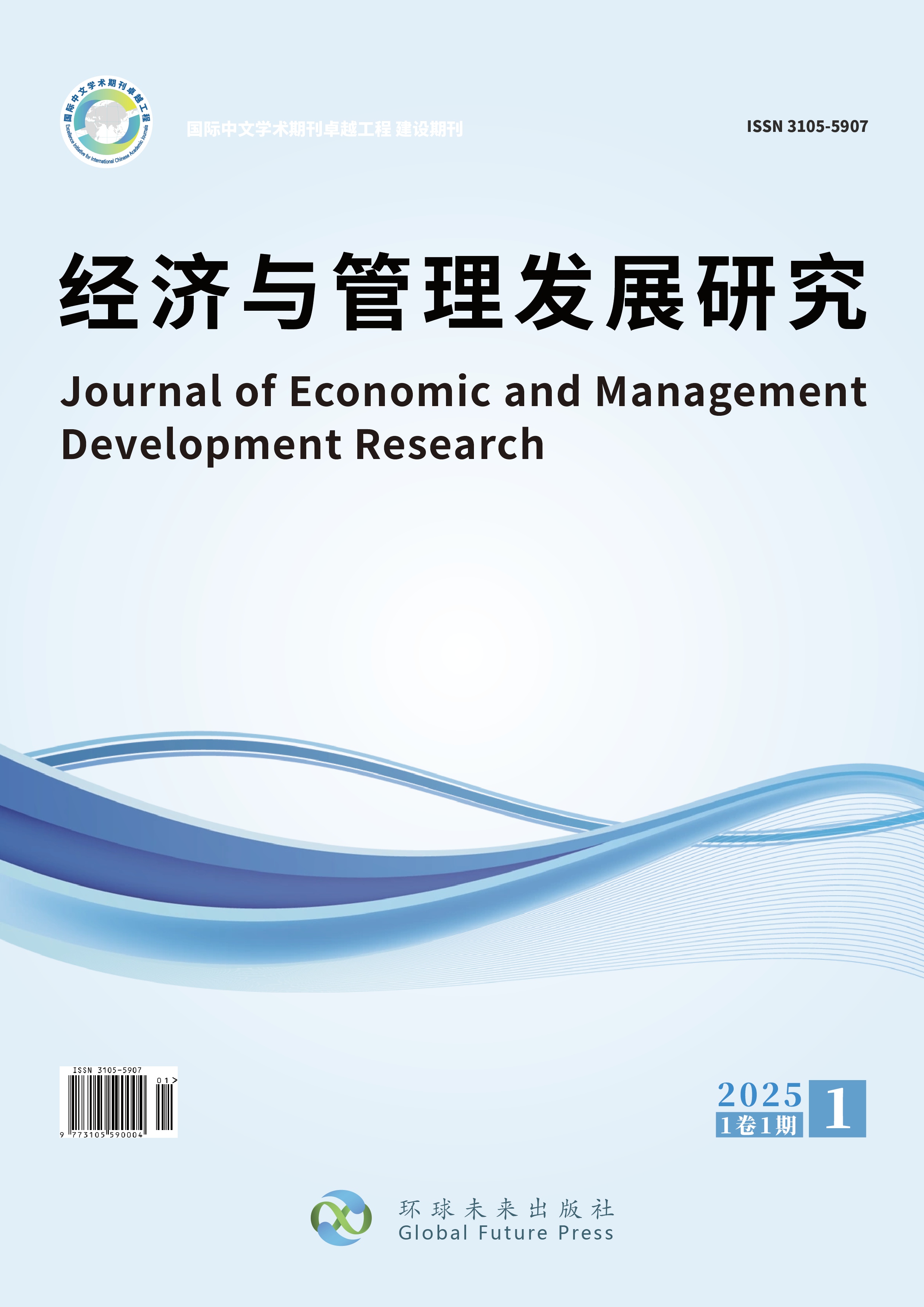Applications of Blockchain in Regulatory Technology (RegTech)
DOI:
https://doi.org/10.65196/ypxa8903Keywords:
blockchain, regulatory technology (RegTech), distributed ledger, smart contracts, decentralization, immutability, anti–money laundering, cross-border payments, automated compliance, risk early warning, supervisory challengesAbstract
Leveraging its decentralized architecture, data immutability, and full traceability, blockchain technology is catalyzing a paradigm shift in regulatory technology (RegTech) for finance. Through distributed ledger mechanisms, it significantly enhances market transparency, enabling regulators to monitor transactions in real time and rapidly detect anomalies, thereby improving supervisory effectiveness and lowering compliance costs across anti–money laundering (AML), cross-border payments and settlements, and securities market oversight. On the implementation side, smart contracts—supported by advanced techniques such as formal verification—help ensure the compliance of contractual logic and enable automated execution of supervisory workflows. In parallel, on-chain data analytics provide effective tools for tracing fund flows; when integrated with real-time monitoring and early-warning systems, they can promptly flag suspicious transactions. Nevertheless, blockchain’s decentralization, (pseudo)anonymity, and fragmented technical standards pose substantial challenges for financial supervision, including misalignment with existing legal frameworks and gaps in cross-border supervisory cooperation. Even so, as the technology evolves and complementary solutions mature, blockchain’s regulatory applications are poised to expand, offering robust technical support for maintaining financial market stability and advancing compliant development.


